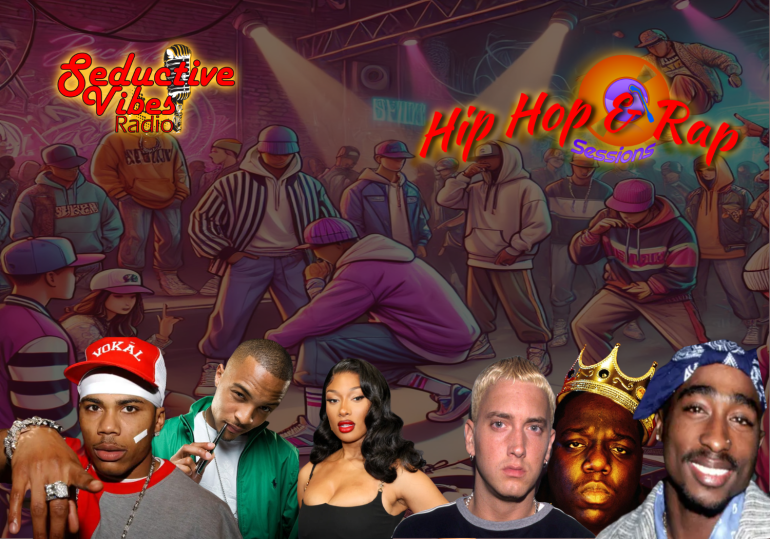Hip hop is a cultural movement that originated in the 1970s in the South Bronx, New York City, combining four core elements: rapping (MCing), DJing, graffiti art, and breakdancing (B-boying). Over time, these elements expanded, and hip hop became a global cultural and artistic force.
Rapping (MCing): This involves rhythmic and rhyming speech, often delivered in a rhythmic flow over music. Rapping is a key feature of hip hop music, and it became the voice through which social issues, personal experiences, and storytelling were conveyed.
DJing: The art of manipulating sounds and creating music using turntables. DJs in hip hop culture pioneered techniques like scratching and beat-matching, which played a major role in shaping hip hop’s musical identity.
Graffiti: Street art that became a symbol of resistance and self-expression in the urban environment, representing the hip hop community’s desire to be seen and heard.
Breakdancing (B-boying): A form of dance that incorporates acrobatic movements, spins, and footwork, and became an essential part of hip hop’s visual and physical expression.
As hip hop evolved, it grew into a global phenomenon with its own fashion, language, and influences across various art forms, including film and media. Hip hop music, especially rap, also became a major genre in mainstream music, addressing social issues, politics, identity, and the urban experience.
Today, hip hop continues to influence global culture, from music charts to social movements, with its roots still embedded in the original four elements.







